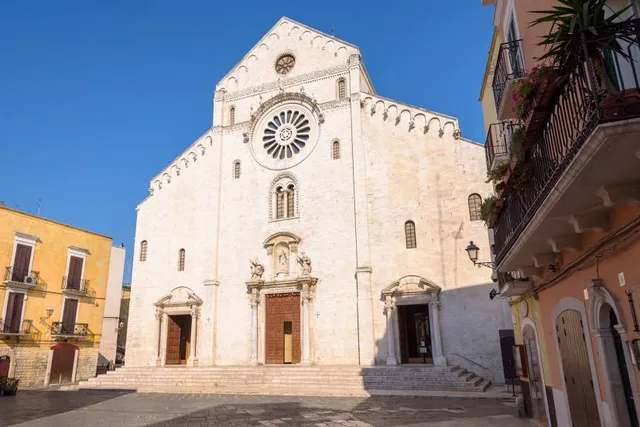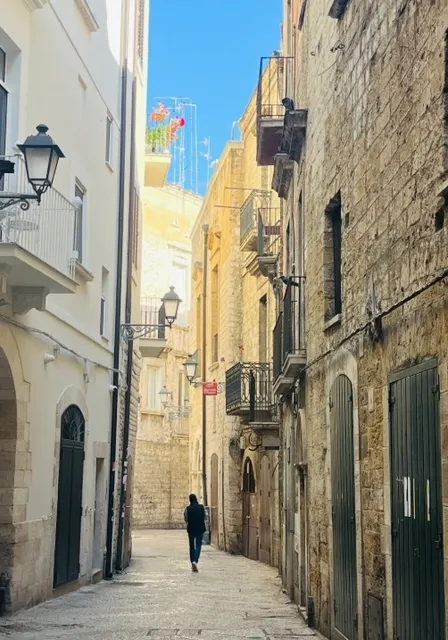Basilica Cattedrale Metropolitana Primaziale San Sabino things to do, attractions, restaurants, events info and trip planning
Basic Info
Basilica Cattedrale Metropolitana Primaziale San Sabino
Piazza dell'Odegitria, 70122 Bari BA, Italy
4.7(2.6K)
Open 24 hours
Save
spot
spot
Ratings & Description
Info
Bari Cathedral, or Cathedral of Saint Sabinus, is the cathedral of Bari, in Apulia, southern Italy. The cathedral is the seat of the Archbishop of Bari-Bitonto, as it was previously of the archbishops, earlier bishops, of Bari.
Cultural
Accessibility
attractions: Basilica San Nicola, Castello Svevo di Bari, Largo Albicocca - Piazza degli Innamorati, Bari City Museum, Direzione regionale Musei, Museo della Cattedrale, Church of Saint Mark of the Venetian, Palazzo Simi, Archdiocese of Bari - Bitonto, Sitara Teatro, restaurants: Don Fish - Friggitoria di mare, Al Pescatore, Friggitoria - Pescheria "Frisc & Mang" Bari, Osteria Le Arpie, Arco della Neve, La Cantina dello Zio, Antò Ristorante -- Cucina tipica pugliese -- Bari, Pizzeria di Cosimo, Pizzeria de Michele, Maria delle Sgagliozze
 Learn more insights from Wanderboat AI.
Learn more insights from Wanderboat AI.Phone
+39 080 521 0605
Website
arcidiocesibaribitonto.it
Plan your stay

Pet-friendly Hotels in Bari
Find a cozy hotel nearby and make it a full experience.

Affordable Hotels in Bari
Find a cozy hotel nearby and make it a full experience.

The Coolest Hotels You Haven't Heard Of (Yet)
Find a cozy hotel nearby and make it a full experience.

Trending Stays Worth the Hype in Bari
Find a cozy hotel nearby and make it a full experience.
Reviews
Nearby attractions of Basilica Cattedrale Metropolitana Primaziale San Sabino
Basilica San Nicola
Castello Svevo di Bari
Largo Albicocca - Piazza degli Innamorati
Bari City Museum
Direzione regionale Musei
Museo della Cattedrale
Church of Saint Mark of the Venetian
Palazzo Simi
Archdiocese of Bari - Bitonto
Sitara Teatro
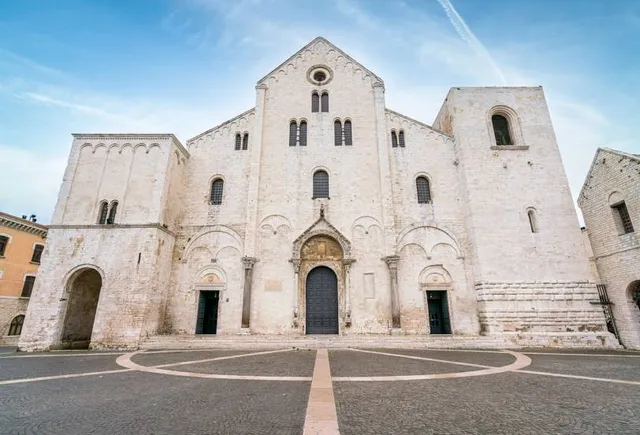
Basilica San Nicola
4.8
(8.1K)
Open 24 hours
Click for details
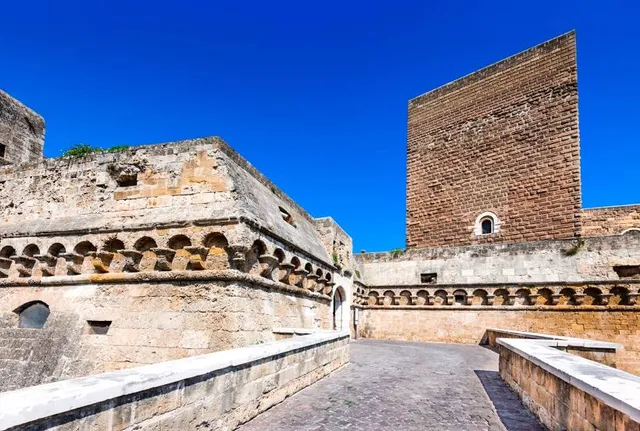
Castello Svevo di Bari
4.3
(1.6K)
Open 24 hours
Click for details
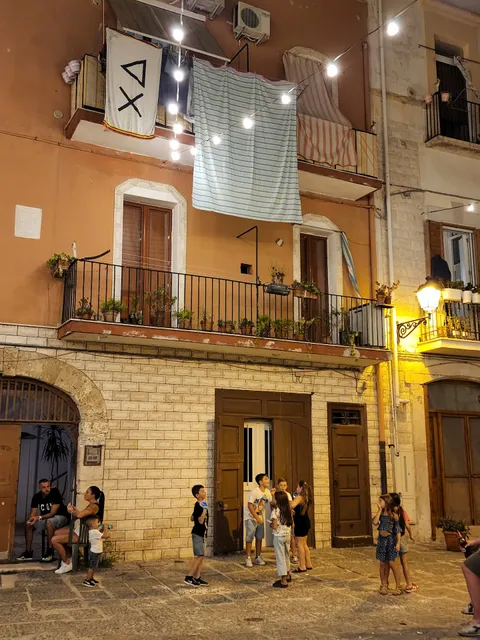
Largo Albicocca - Piazza degli Innamorati
4.5
(410)
Open 24 hours
Click for details
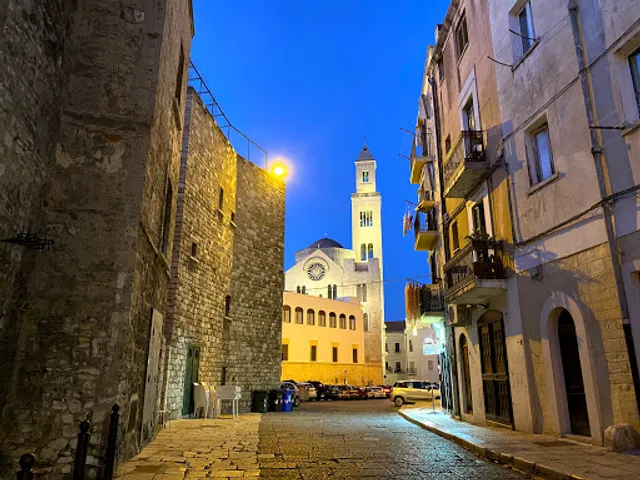
Bari City Museum
4.3
(274)
Open 24 hours
Click for details
Things to do nearby

Learn how to make focaccia from Bari
Mon, Dec 29 • 5:00 PM
70122, Bari, Apulia, Italy
View details
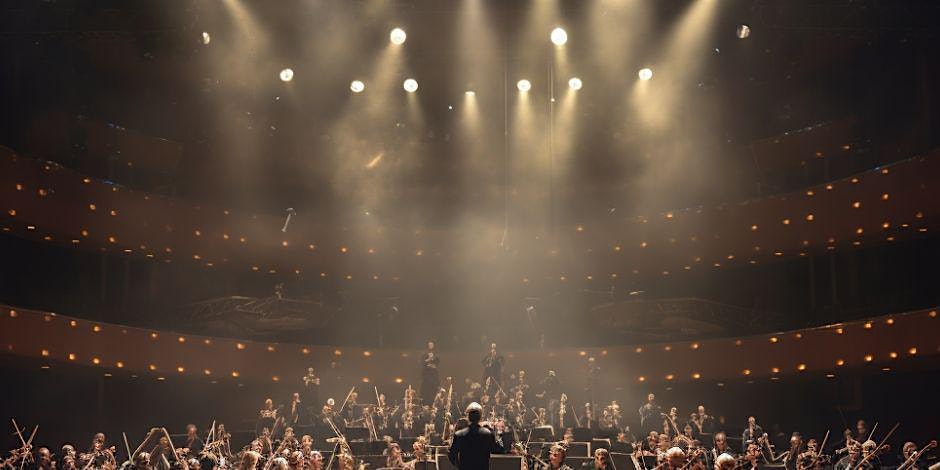
The Soul Of Christmas | Concerto di Natale - ACI
Mon, Dec 29 • 8:00 PM
3 Via Padre Massimiliano Kolbe, 70126 Bari
View details

ImPBroadway - Il Musical Totalmente Improvvisato
Tue, Dec 30 • 9:00 PM
116 Via Giuseppe Re David #A, 70126 Bari
View details
Nearby restaurants of Basilica Cattedrale Metropolitana Primaziale San Sabino
Don Fish - Friggitoria di mare
Al Pescatore
Friggitoria - Pescheria "Frisc & Mang" Bari
Osteria Le Arpie
Arco della Neve
La Cantina dello Zio
Antò Ristorante -- Cucina tipica pugliese -- Bari
Pizzeria di Cosimo
Pizzeria de Michele
Maria delle Sgagliozze
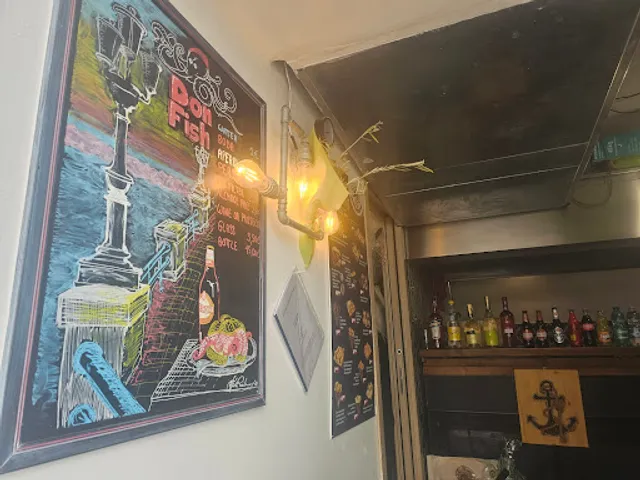
Don Fish - Friggitoria di mare
4.3
(506)
Click for details
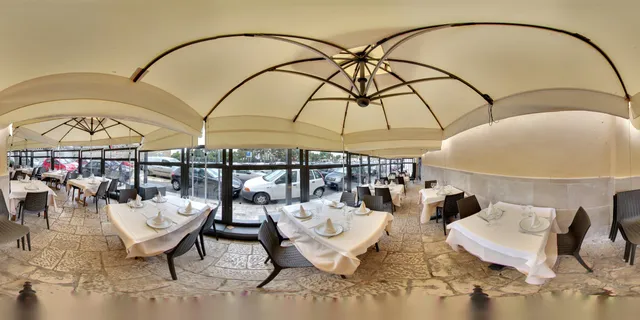
Al Pescatore
4.1
(1.4K)
$$
Click for details
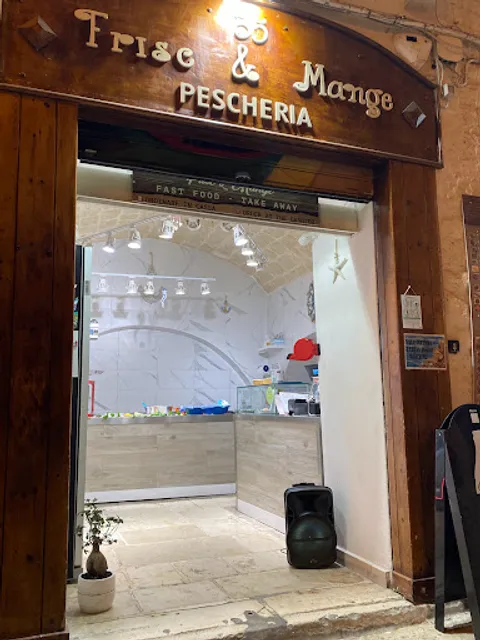
Friggitoria - Pescheria "Frisc & Mang" Bari
4.2
(590)
Click for details
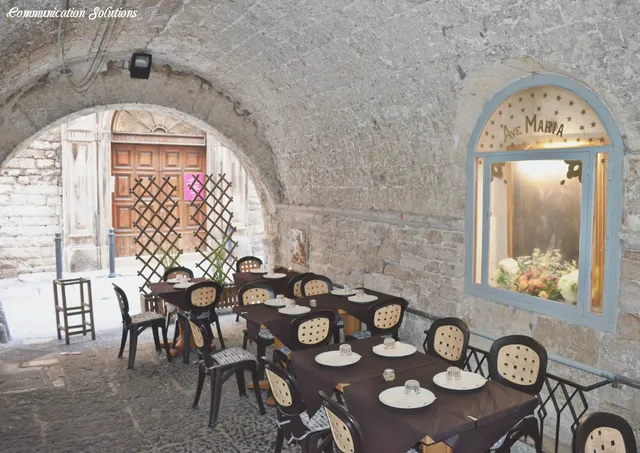
Osteria Le Arpie
4.2
(934)
Click for details
